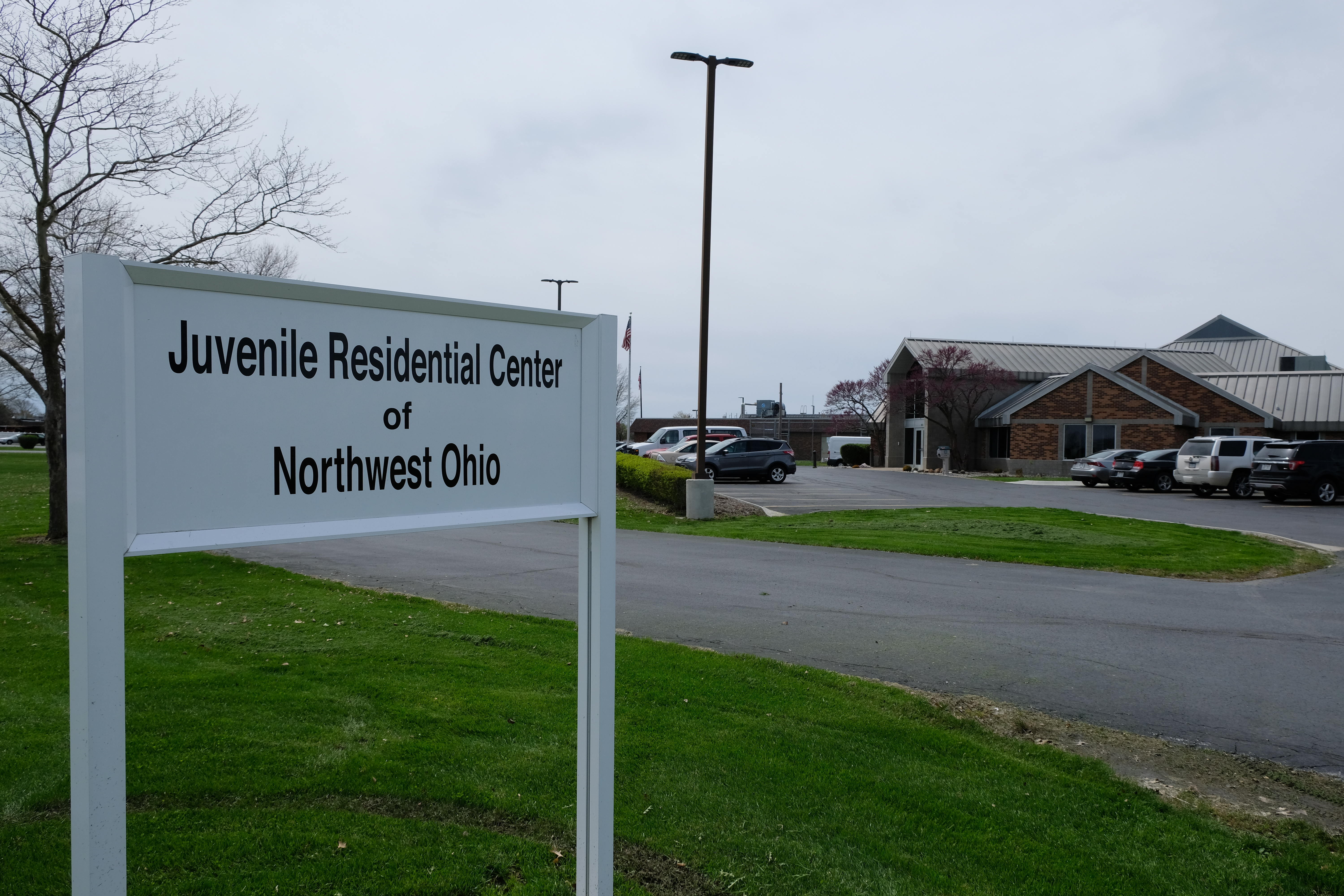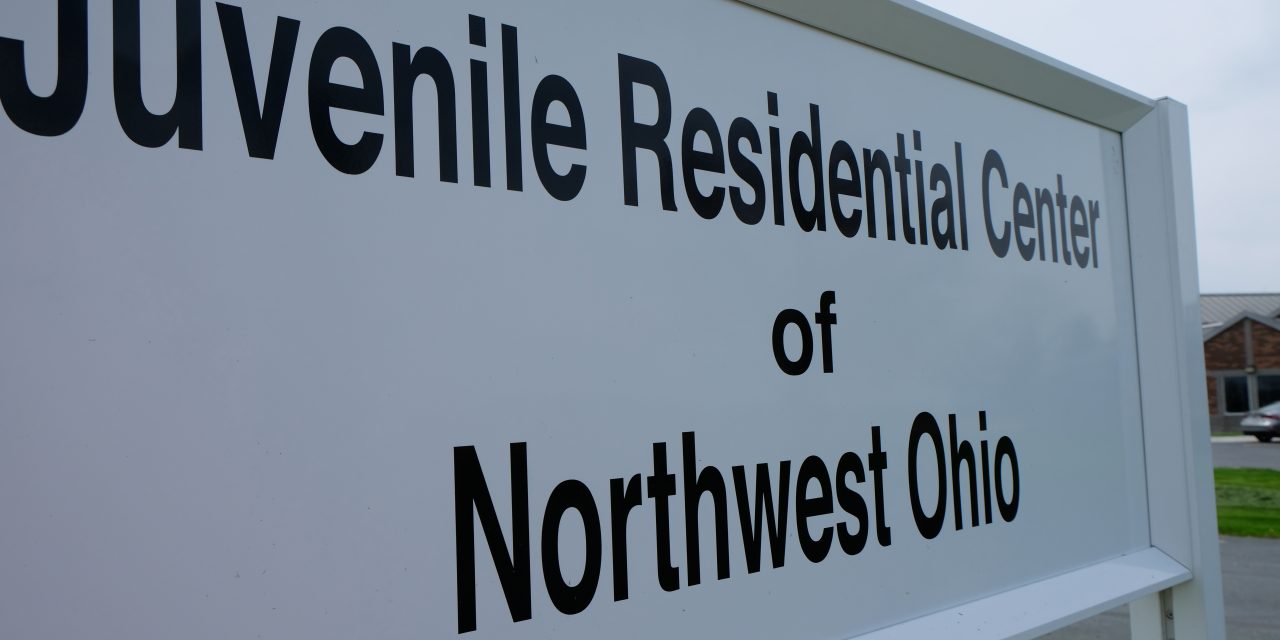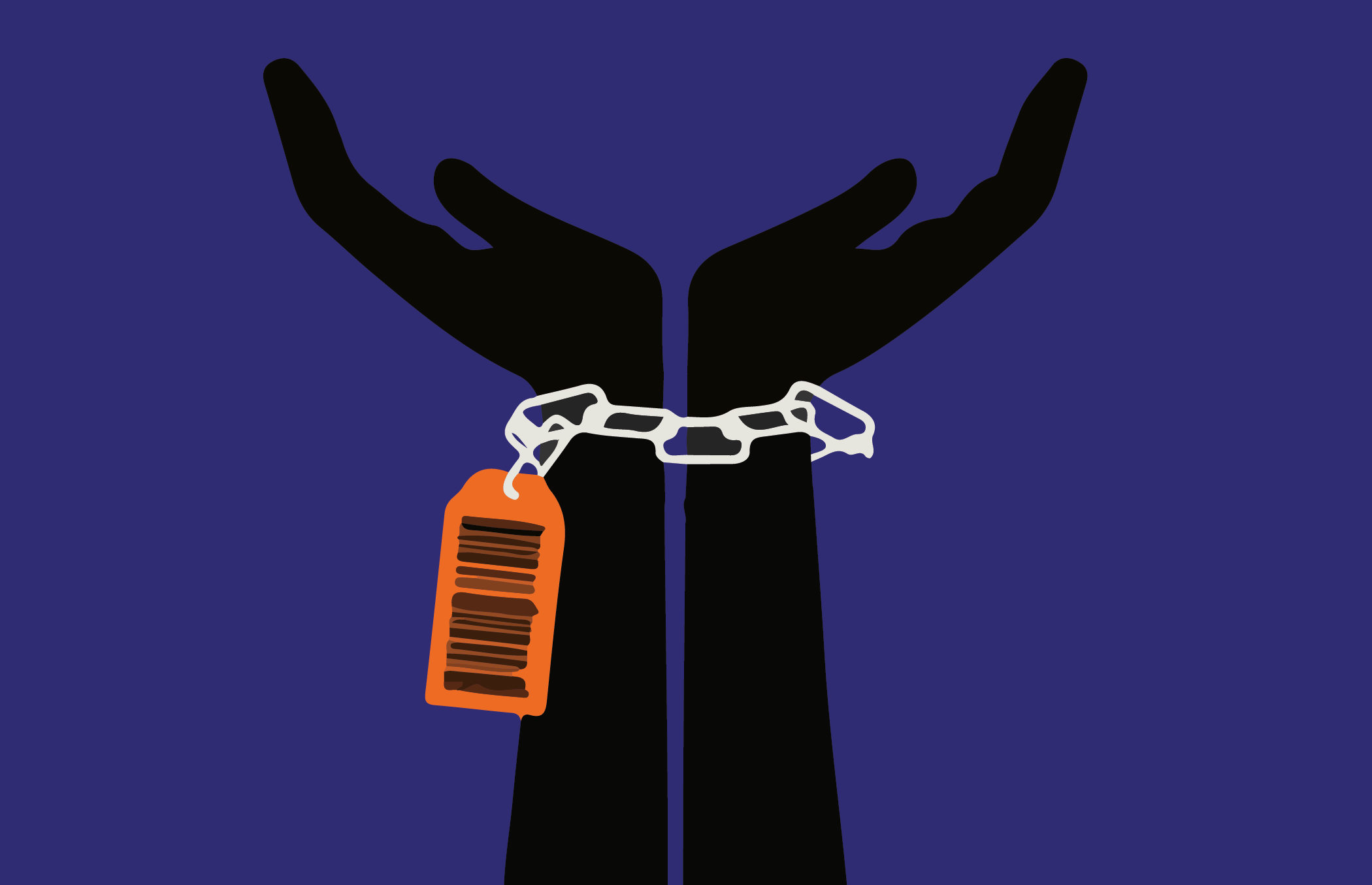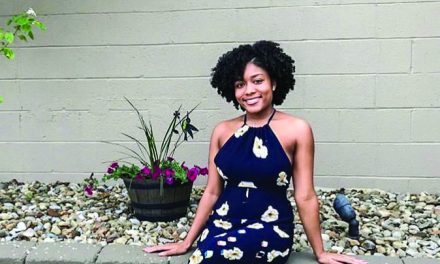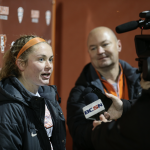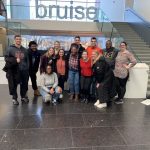BGSU reaches out to
INCARCERATED
YOUTH
By Grace Mutti
Spring | 2019
BGSU’s education program expands struggling reader training program to include Wood County’s Juvenile Residential Center and Juvenile Detention Center.
Middle childhood education major Sydney Obringer typically starts off her first day of a field placement by picking out her favorite teacher outfit, carefully selecting the best jewelry to match, and spritzing on her favorite perfume before she walks out the door. But her routine changed this past semester. Obringer has instead evaluated the length of her sweaters and skipped the perfume and jewelry because she wasn’t going to just any school. She was going to work behind bars.
Obringer is one of eight students last semester that took part in the Struggling Reader Program, which places students at both the Juvenile Residential Center and the Juvenile Detention Center in Bowling Green.
“I really just wanted to help a student that was struggling in any way whether that be with his reading, with his situation being in the juvenile center … really just to help in any way possible,” Obringer said.
Her placement was at the JRC.
Both centers became field placement options for education majors within the past year, the JRC last fall and the JDC this spring. Both were absorbed into the Struggling Reader Program which began four years ago at the Penta Career Center.
The program has since expanded to include a school in Fostoria, Sylvania, and now the JRC and JDC.
Joanna Weaver, the program director, said the goal is for all students have access to academic assistance.
“If there are struggling students, there are places we need to be. There’s something we need to be doing,” she said.
Adding new facilities to the program requires a great deal of organization, but it’s rewarding work, according to Weaver.
“What we choose to do will impact (the student’s) lives forever and that’s a big responsibility,” she said. “It’s super exciting and almost takes your breath away. There’s just so much growth so quickly.”
These new facilities have been very appealing so far for education students like Obringer who said she wanted an experience that is different from the traditional student
teaching classrooms.
Obringer said her biggest takeaway from the tutoring experience was learning how to work with students who have problems outside the classroom.
“Sometimes it’s hard as ‘regular people’ to see that kids who are going through major things and who have been in trouble with the law are the students who need the most help,” Obringer said.
Chloe Beeker, English education major, said she jumped on the opportunity to tutor at the JRC.
She volunteered in the hopes of learning more about designing effective and engaging lesson plans. She is one of six tutors at the JRC.
When she first started, she said she was excited, but a little nervous.
“I thought opening up to the student,
finding a way to make him feel comfortable and reaching his interests and comprehension levels would be the hardest part,” she said.
The goal of the program, according to Weaver, is to help youths improve their reading skills and develop more confidence in their abilities. The tutoring also helps aspiring teachers gain valuable field experience.
Making sure these struggling readers feel valued and feel like there’s hope, Weaver said is especially important for youth at the JRC and JDC because they need to be reminded of their potential.
“Even if they’re incarcerated right now, doesn’t mean they have to be incarcerated for life,” she said. Weaver said the program has a lot of potential to grow considering both facilities have expressed interest in getting more tutors from BGSU. “The fact that they are so excited about it, that they want all of our students, is incredible,” Weaver said. The JRC allowed Obringer to reach out and connect with a student in need. She said it is an experience she will not soon forget.
